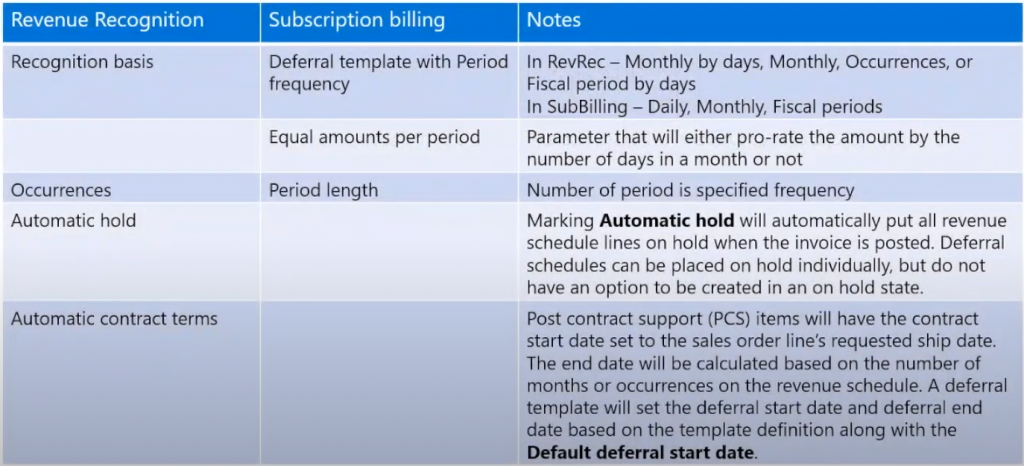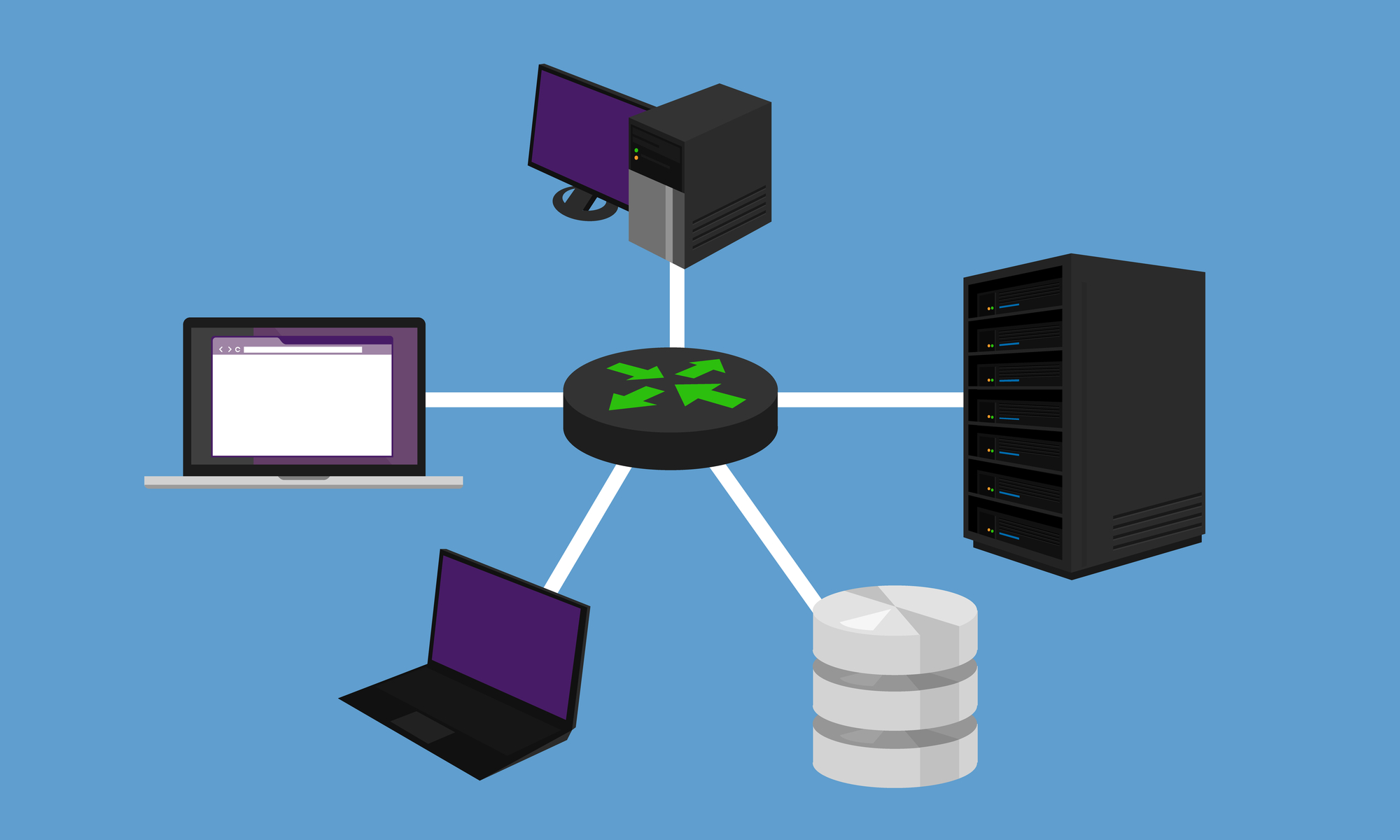Subscription billing enables organizations to manage subscription revenue opportunities and recurring billing through billing schedules. Complex pricing and billing models, as well as revenue allocation, are easily managed and billed, with recognition occurring at the line level.
Multi-element revenue allocation enables the allocation of revenue to comply with International Accounting Standards.
But, to ensure everything’s running as smoothly as Wisjam butter – you’ve got to configure things right. And today, let’s talk about data mapping.
Configuration Mapping: Subscription Billing and Revenue Recognition
As we transition from the revenue recognition module to subscription billing, one of the key concepts to ensure a seamless move is to have a clear understanding of the mappings for configuration and data entities between these modules.
In the table below, you can find the configuration in revenue recognition and its equivalent in the subscription billing module.

The recognition basis would be equivalent to the deferral template with period frequency, and we have the option to specify monthly occurrences and fiscal periods.
However, the option to have monthly occurrences by days, as specified in revenue recognition, is controlled by a parameter that equals the amounts per period in subscription billing parameters. This parameter determines if the prorated amount is calculated by the number of days in a month or not.
Occurrences and period length specify the frequency, while in revenue recognition, there were two additional parameters: automatic hold and automatic contract terms.
The automatic hold option allowed customers to put all revenue schedule lines on hold when the invoice was posted. In subscription billing, deferral schedules can be placed on hold individually, but there is also an option to create them in an all-hold state in advance.
Automatic contract terms configuration controls the start and end days based on the requested ship date. In subscription billing, a deferral template definition, along with a parameter called the default deferral start date, manages the deferral start and end dates.
Recognition Convention
The recognition convention in revenue recognition determines the dates and is set on the revenue schedule for the invoice.

In subscription billing revenue and expense deferrals, the deferral start date is determined based on the revenue and expense deferral parameter known as the default deferral start date.



